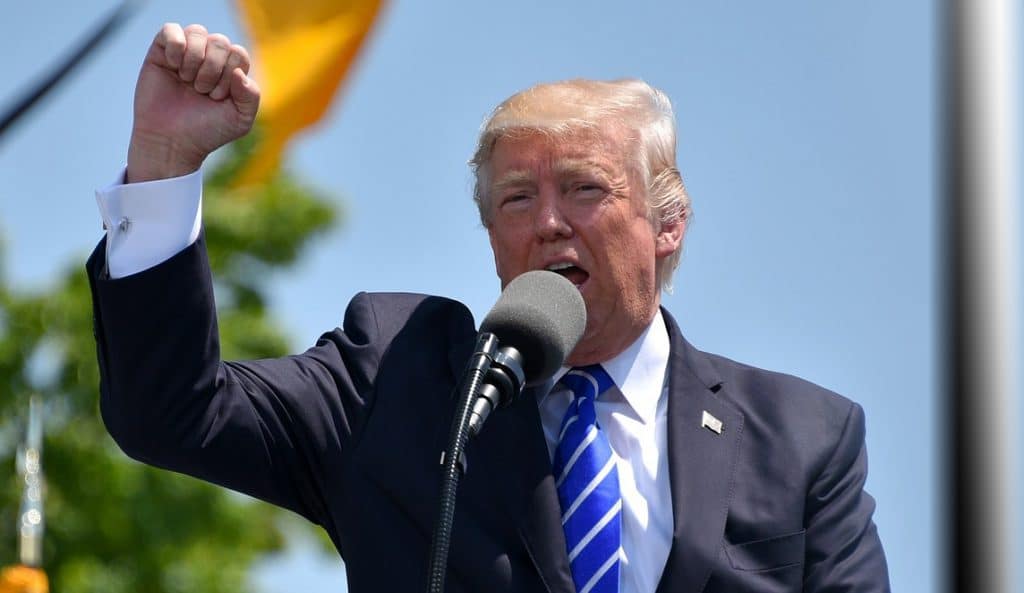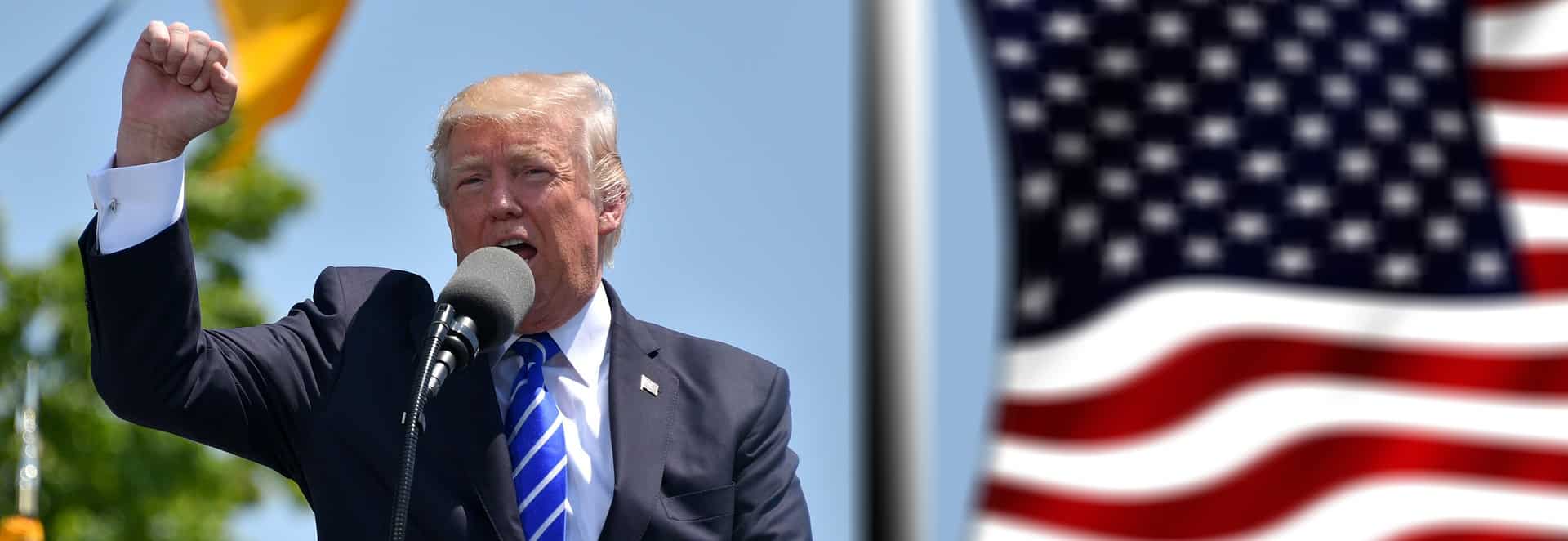
The meaning behind the national emergency
Joshua Boulet, Staff Writer
On Feb. 15, 2019, President Trump declared a national emergency to attempt to get funds for the border wall between the U.S. and Mexico. This declaration gives Trump roughly $8 billion to spend on the construction of the wall. For context, Trump had aimed for $5 billion in the spending deal that caused the government shutdown earlier this year, but he only got $1.375 billion for fence construction.
Due to accusations of this being a fake emergency, Trump tried to double down on his reasons. His claim is that “I didn’t need to do this, but I’d rather do it much faster . . . I just want to get it done faster, that’s all.”
He has spoken on the wall’s importance several times, and pushed the wall as a major point in his run for president. In a recent speech, he cited the wall in El Paso, Texas for reducing the amount of violent crime to prove the need for larger amounts of fencing. Although, this claim is unfounded in statistics since data from the FBI shows no discernable help the wall has given El Paso’s safety (Vox).
What is particularly interesting with this emergency, is that there is little precedent for how he is using the emergency. Out of all of the national emergencies declared in the past, this is the only emergency used for a building-project such as this.
The first national emergency was declared by Jimmy Carter on Nov. 14, 1979 to freeze Iran’s assets in the U.S. in response to the hostage crisis at the time. Another national emergency was declared after the 9/11 terrorist attacks on Sep. 14, 2001. Another was declared to try and minimize the effect of the swine flu through increasing health regulations on Oct. 23, 2009. This is only a small picture of the many reasons that presidents declare emergencies for.
In other words, most emergencies in the past haven’t been used for the sole purpose of taking funds from other departments and directing them for building.
Due to the lack of precedent, many Democrats have taken to try and stop the shutdown. House Speaker Nancy Pelosi stated in protest that “the president is being frivolous to the constitution.” Thus, 16 states together filed a lawsuit to attempt to stop the president’s emergency. Given the size and importance of the case, it could take several months to receive a ruling on.
It isn’t just Democrats who dislike the shutdown, certain Republican senate members disapprove as well. This doesn’t necessarily mean they will switch sides on the issue and side with the democrats, but there is still the possibility.
There are different reasons certain republicans don’t agree.
Thom Tillis (N.C.) asserted that the $8 billion would still bill insufficient to build and maintain the wall and felt that this use for the emergency, “would create a new precedent that a left-wing president would undoubtedly utilize to implement their radical policy agenda while bypassing the authority of Congress.”
On the other end of the spectrum, we have Rand Paul (Ky.) who stated that “extraconstitutional executive actions are wrong, no matter which party does them.” There is also Susan Collins (Maine) who felt the declaration is “of dubious constitutionality.”

